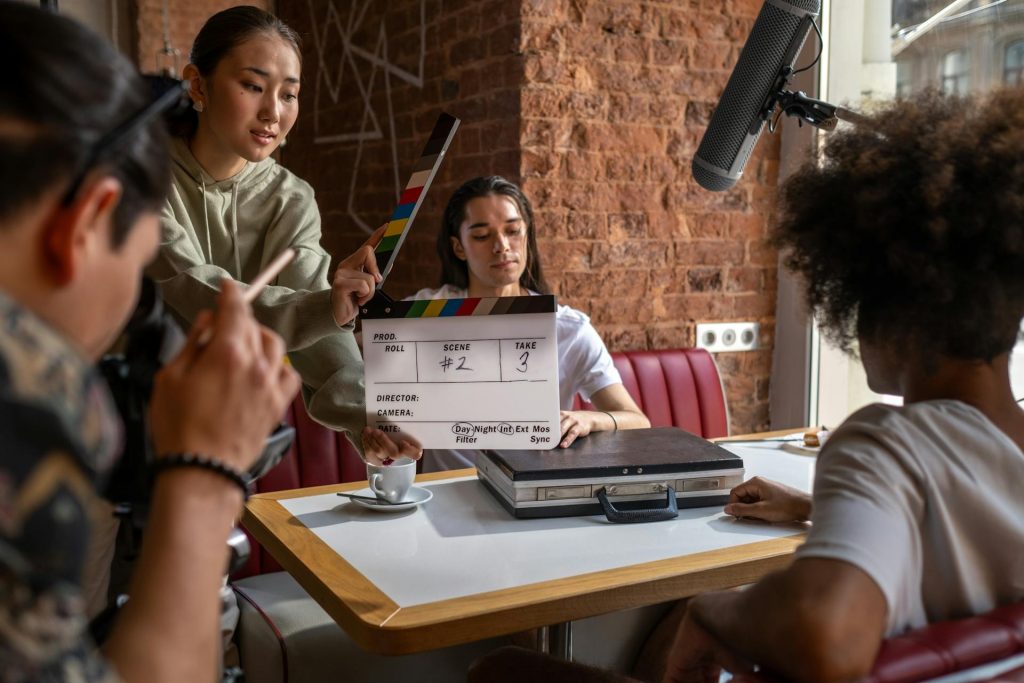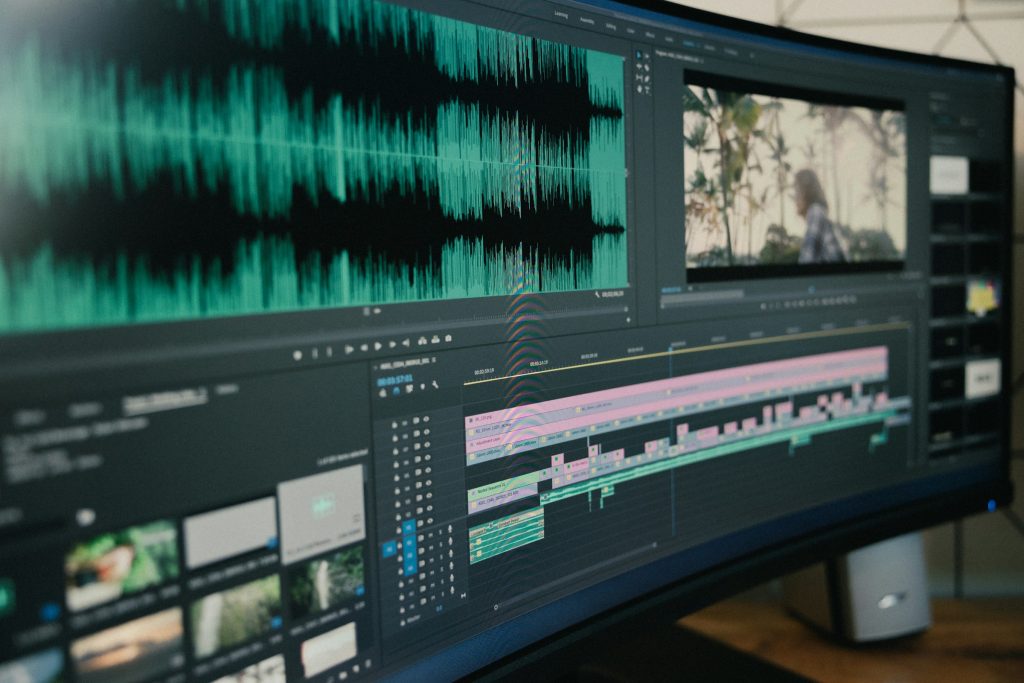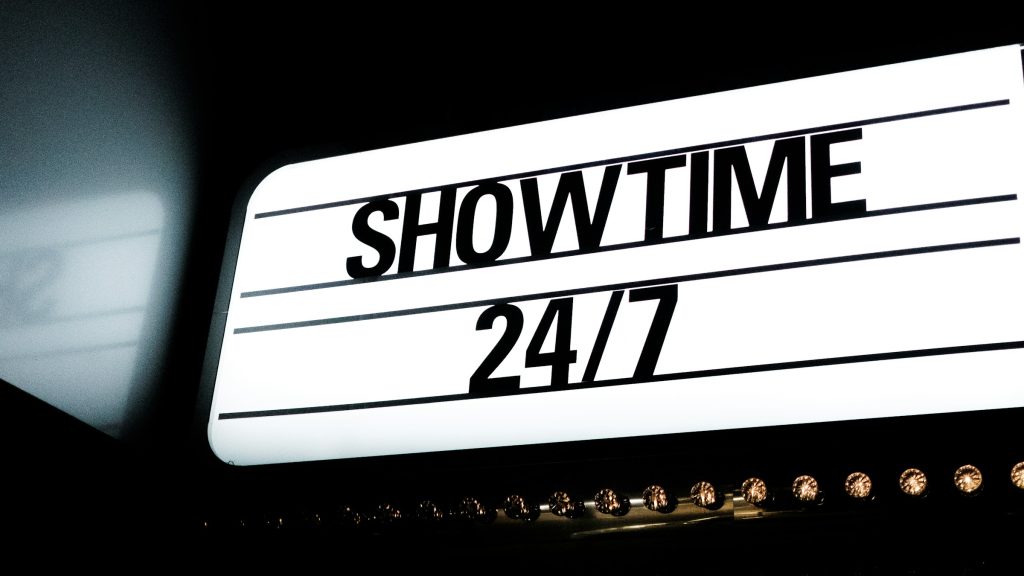PHOTO COURTESY : UNSPLASH
Filmmaking is an exciting yet demanding journey. Every filmmaker, whether a beginner crafting their first short film or a seasoned professional working on a large scale production, knows how overwhelming the process can be. The gap between having a brilliant idea and seeing it come to life on screen is filled with countless challenges: creative blocks, logistical nightmares, budget constraints, and last minute changes, and the ever-evolving hurdles of marketing and distribution.
But what if you could make this process smoother, more efficient, and less stressful? A streamlined approach to filmmaking doesn’t just save time and effort. It allows you to focus on what truly matters, telling a great story.
Let’s break down how you can move from idea to screen with clarity and efficiency while keeping the creative spark alive.

PHOTO COURTESY: PEXELS
THE IDEA: WHERE IT ALL BEGINS
Every film, no matter how grand or small, begins with a single spark, an idea. It might strike you in a dream, during a casual coffee chat with a friend, or while watching another film that ignites your imagination. But an idea alone isn’t enough. To become a story worth telling, it needs structure, direction, and purpose.
The first step is to capture your idea before it slips away. Great ideas are fleeting, so write them down immediately. Start with the basics: a clear genre and a simple summary. Identifying the genre is crucial. Is it a suspenseful thriller, a heartfelt drama, or a fast paced action film? The genre sets the tone, pacing, and emotional beats of your story while helping you understand your target audience. Once you’ve nailed the foundation, create an outline : What’s the premise? Who are your main characters? What central conflict drives the plot forward?
Before diving into a full screenplay, map out the key beats of your story. Think of this process as planning a road trip: you don’t need every detail, but you should know your starting point, destination, and major stops along the way. A solid outline gives you a roadmap to follow, ensuring your story has a clear beginning, middle, and end.
At this early stage, it’s also smart to register your work. This step safeguards your intellectual property as you move forward.
Filmmaking is rarely a solo journey, so don’t hesitate to find collaborators. Share your idea with a trusted friend, cowriter, or mentor to get constructive feedback. Their fresh perspective can help you spot strengths, uncover weaknesses, and refine your concept into something even stronger.
Finally, embrace imperfection at this stage. Your idea will evolve as you develop it, and that’s part of the creative process. What matters most is having a starting point, a foundation to build upon as you shape the film you envision.

PHOTO COURTESY : PEXELS
PRE PRODUCTION: THE KEY TO AN ORGANIZED SHOOT
This is where your idea transforms into an actionable plan. Pre production is the backbone of a successful film, covering everything from scripting and scheduling to casting and location scouting. The more time you invest in this stage, the smoother everything else will be.
One of the most crucial steps is locking your script early. Constant script changes can derail a production. Refine your screenplay until you’re confident it’s ready for shooting. Alongside this, create a realistic schedule. Factor in location availability, actor commitments, weather conditions, and potential delays. A well planned schedule keeps everyone on track. Budgeting wisely is equally important. No matter the scale of your production, plan your spending carefully. Prioritize essentials and look for creative solutions to stretch your resources. Storyboarding key scenes can also be a game changer. A simple sketch of shots helps visualize the film before the cameras start rolling, saving time and reducing uncertainty on set.
Pre production is where filmmakers solve problems before they happen. The more thorough you are here, the fewer headaches you’ll have later.

PHOTO COURTESY : PEXEL
PRODUCTION: BRINGING YOUR VISION TO LIFE
The energy on set is unlike anything else. It’s where months of planning finally pay off, but it’s also where things can go wrong if you’re not prepared. Tight schedules, miscommunication, and unexpected technical issues can all slow you down.
Sticking to the schedule is key, but flexibility is just as important. Some things are out of your control. A sudden rainstorm might ruin an outdoor shoot, or an actor might need extra takes. Build in buffer time for the unexpected. Keeping communication clear is also essential. A well organized crew makes all the difference. Daily production meetings and digital call sheets help keep everyone aligned.
Proper footage management is another crucial part of production. Labeling and categorizing footage on set ensures a smooth handoff to the post-production team, saving valuable time during editing. Lastly, take care of your team. A happy crew is a productive crew. Providing decent meals, ensuring comfortable accommodation, scheduling breaks, and keeping morale high can make all the difference in keeping energy levels up on long shooting days.
Production days are long, exhausting, and sometimes chaotic, but with the right approach, they can also be the most thrilling part of the process.

PHOTO COURTESY : UNSPLASH
POST PRODUCTION: ASSEMBLING THE PIECES
Once filming wraps up, the focus shifts to crafting the final product. Post production is where editors, sound designers, and colorists turn raw footage into a polished film. But without proper organization, this stage can drag on for months.
With well-organized footage from production, the editing process becomes much smoother. A good starting point is assembling a rough cut early. Don’t obsess over perfection at first. Get a basic sequence together, then refine it. Sound, music and color play a crucial role in the final look and feel of the film. Poor audio or flat colors can ruin a film. Investing time in good sound mixing and color grading will elevate your final product. Getting feedback early in the editing process can prevent mistakes from going unnoticed. Fresh eyes catch mistakes you might miss, so screen your film for a small group before locking the final cut.
Post production can be tedious but rewarding. It’s where your film truly comes to life.

PHOTO COURTESY : UNSPLASH
MARKETING & DISTRIBUTION: GETTING YOUR FILM SEEN
You’ve finished your film. Now what? The truth is a great film without an audience is just a file on a hard drive. Getting your work in front of people is just as important as making it.
Successful distribution begins with choosing the right platform for your film. Whether you’re targeting film festivals, streaming services, theatrical release, or social media, each avenue requires a unique strategy to maximize reach and impact. If you’re submitting to festivals, do it early. Festivals have strict deadlines, so plan submissions in advance. If a theatrical release is your goal, focus on securing partnerships with distributors, independent theaters, or multiplex chains. A strategic release plan can ensure your film reaches the widest possible audience.
Leveraging social media is also a powerful tool to attract viewers. A well crafted trailer, behind the scenes content, and online engagement can help build interest. Additionally, don’t overlook local screenings. Universities, art spaces, and indie theaters can be great places to showcase your work.
Distribution is often the most overlooked part of filmmaking, but it’s what ensures your story reaches the world.
FINAL THOUGHTS
Filmmaking is a blend of creativity and logistics, and while every project is different, the core process remains the same. The more you refine your workflow from idea to screen, the more efficient and enjoyable the journey becomes.
The goal isn’t just to make a film. It’s to make a film that people will watch, remember, and connect with. And that happens when the process is streamlined, allowing the creativity to flow without unnecessary obstacles.
So, whether you’re working on your first short film or your tenth feature, take a step back, plan smartly, and let your story shine without the chaos.
What Do You Think?
“Every storyteller hits a roadblock. What’s yours between idea and screen? Let us know in the comments!”
